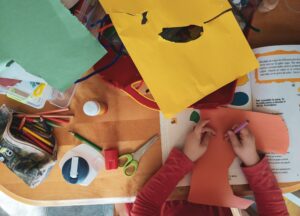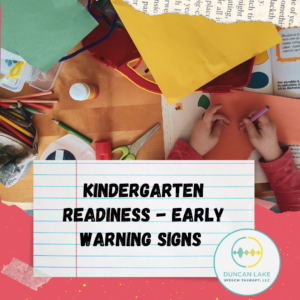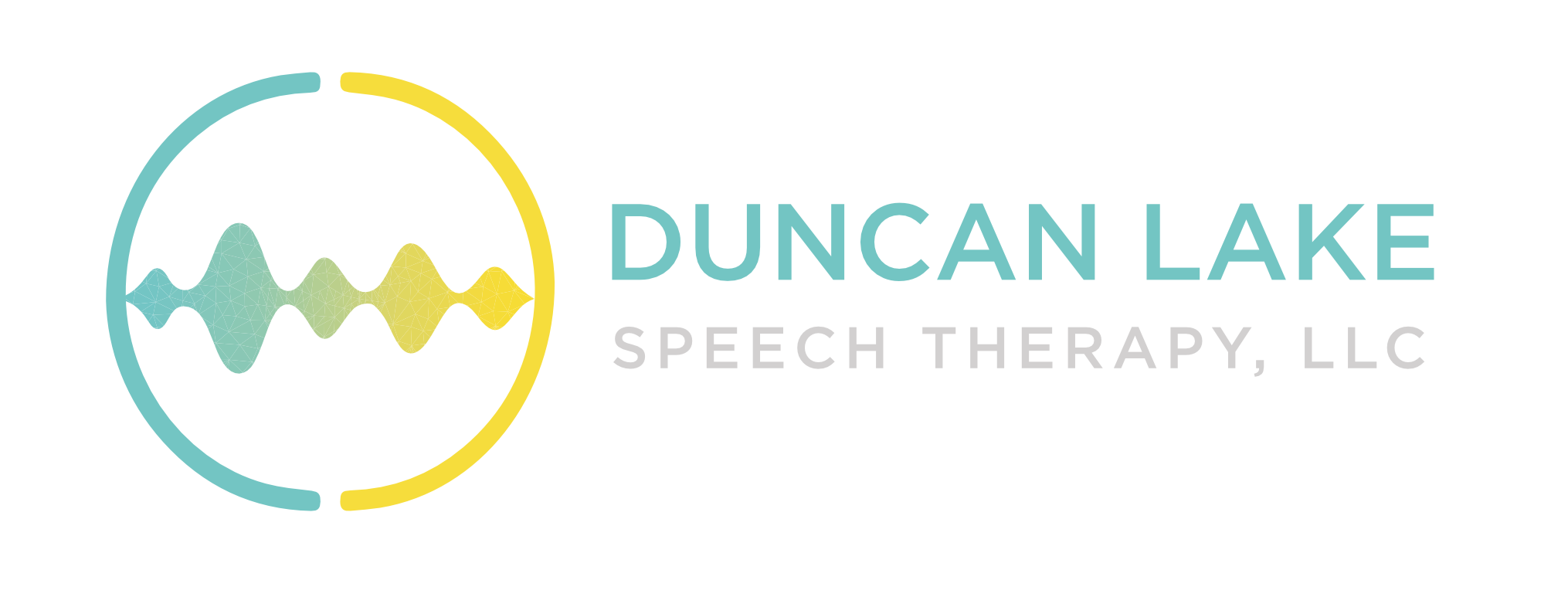Do you remember kindergarten? I do! I went for a half of a day. My classroom had a paraprofessional and a teacher. I can vividly remember learning how to make my letters, participating in calendar activities, and playing outside. Milk came in a bag! What a world!
Kindergarten of today is NOT kindergarten of the late 80s and early 90s. Scholastic published this great article describing how kindergarten has evolved since the turn of the century. As the article states:
“Kindergarten is now first grade, and first grade is now second grade,” says Anne Stoudt, a kindergarten teacher in suburban New Jersey for 19 years. “It used to be normal for first graders to still be learning to read. Now, the handful of kindergartners who aren’t reading by the end of the year are considered behind.
”Indeed, just a decade ago, only 15 percent of kindergartners were readers. If we go back 30 years, the number shrinks to only 5 percent.”
Plus, they go for a full day! And there’s no milk in a bag!

School readiness skills, therefore, are extremely important for today’s kindergarteners. As mentioned in my Facebook post, this list of skills is vast, and covers all aspects of functioning, including motor skills, cognitive skills, self-help skills, and language skills. For the purposes of this blog post, let’s focus on communication and language. What skills are needed to be prepared for kindergarten? Some include:
-
Recognizing some letters and their sounds. Of particular importance are letters in your kiddo’s name.
-
Writing their name.
-
Speaking in complete sentences with correct word order. Some errors are normal, but the basics of sentence structure should be in place at this point.
-
Recognizing some basic sight words.
-
Being able to follow simple directions. Yes, yes, some kids don’t follow directions because they just don’t want to! That’s different from not understanding what is being asked of them.
-
Recalling simple information such as an address or parents’ names.
-
Identifying rhyming words.
-
Understanding how books work (held correctly and not upside down, print goes from left to right).
-
Speaking with close to 100% intelligibility (or can be understood close to 100% of the time).
-
Ability to use age appropriate vocabulary.
Language is such a fundamental part of academics that it’s difficult to keep this list short. Because these skills are so important, it’s essential that if a child is showing signs of language delays, interventions are put into place. What are the signs of a language delay? Some include:
-
Showing little to no interest in books or printed material.
-
Difficulty understanding simple directions. Again, this is different than a kiddo who just might not want to do something that they’re told to do.
-
Persistent and consistent use of incorrect word order or grammar in sentences.
-
Difficulty identifying any letters, especially those in the kiddo’s name.
-
Displaying challenges answering simple WH questions.
-
Creating stories with little to no structure. I mean, yes, I know kindergarteners are VERY tangential. A loose beginning, middle, and end is what is expected.
-
Spoken language that is very hard to understand.
The good news is that early identification of language impairments can aid in remediating some of these difficulties. Speech-language pathologists are here to help! As you will see in this blog post here, early intervention for language impairments are key to a child’s later success. If you have concerns about your child’s language development, call your friendly, neighborhood SLP. They’ll be happy to help.



Recent Comments